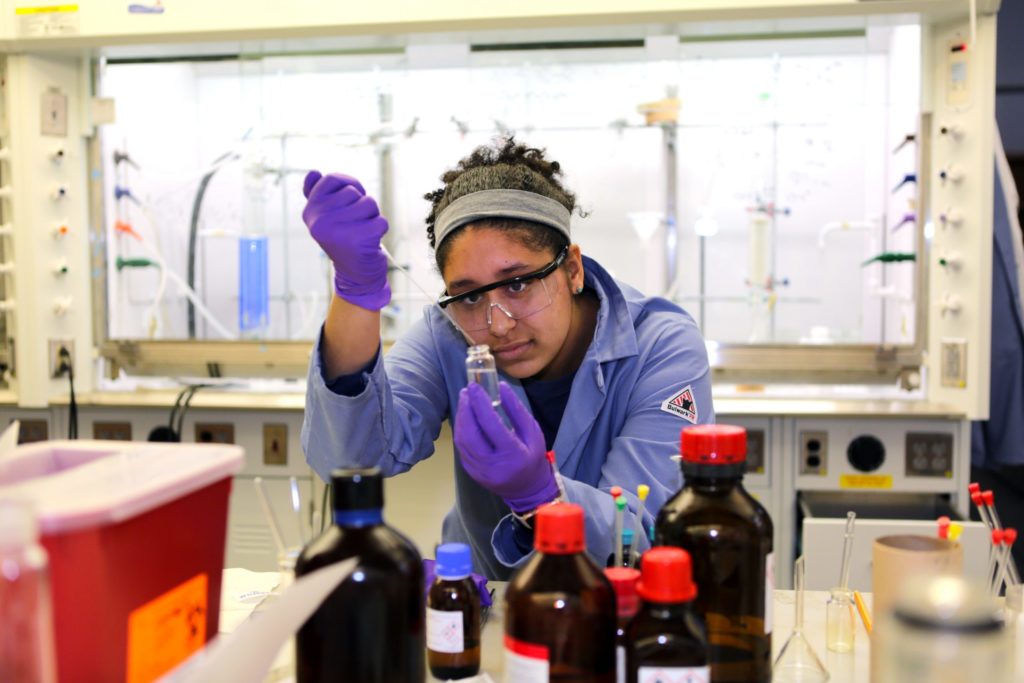UNC scientists were co-principal investigators and collaborators for projects described in the Sept. 6 special issue of the journal Nature describing the ENCODE (Encyclopedia of DNA Elements) Project.
The Human Genome Project produced an almost complete list of the 3 billion pairs of chemical letters in the DNA that embodies the genetic code — but little about the way this blueprint works. Now, after five years of concerted effort by more than 440 researchers in 32 labs around the world, working collaboratively in the ENCODE Project, the first holistic view of how the human genome actually does its job has emerged.
UNC’s Jason Lieb and Xian Chen served in leadership roles for two of the projects described in the Nature papers.
Lieb was a co-principal investigator of the project described in the paper, “The accessible chromatin landscape of the human genome.” Lieb is a professor of biology in the College of Arts and Sciences, a member of UNC Lineberger Comprehensive Cancer Center and director of the Carolina Center for Genome Sciences.
Lieb explains, “Everyone has heard the term ‘junk DNA.’ In many cases, all that really means is that we do not yet understand the function of that DNA. In our project we found that what was previously labeled ‘junk DNA’ in fact is important for regulating genes. This is something we couldn’t see across the whole genome before because the technology wasn’t available. We and our colleagues coupled two new techniques with sophisticated DNA sequencing technology to test as many different human cell types as possible. We created a high-resolution catalogue of the sites in these cells that are likely to regulate genes, in essence a ‘street level’ view of the cell’s regulatory architecture.”
“Genes themselves are easy to find in a DNA sequence. What has been much harder to find are the small pieces of nearby DNA that control the activity of those genes. The goal of our project was to find these small pieces of regulatory DNA, among all the other DNA in the genome. These regulatory functions are important because they control which genes are turned on or off, and ensure that the right genes are on or off in the right cells at the right time. If the wrong genes are active in an inappropriate cell type, diseases such as cancer can result.”
“The next step is for scientists around the world to begin testing the functions of these 2.9 million regulatory sites to determine how they are involved in regulating gene activity, and how their deregulation might be involved in human disease.”
Chen was a co-author of the paper, “Landscape of transcription in human cells.” An, associate professor of biochemistry and biophysics, Chen is a member of UNC Lineberger and faculty director of the National Cancer Institute Proteomic Tumor Analysis Consortium (CPTAC) at UNC.




